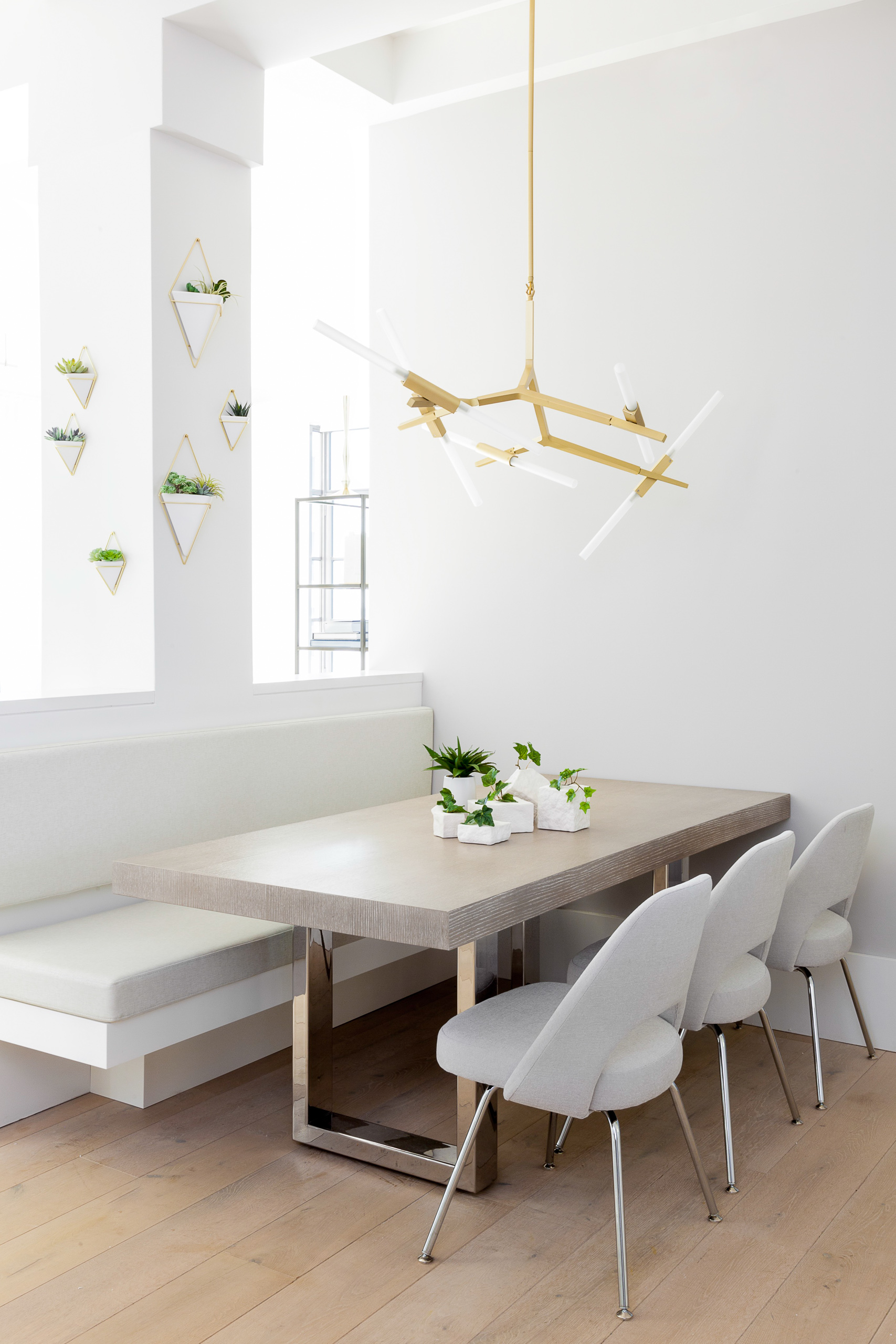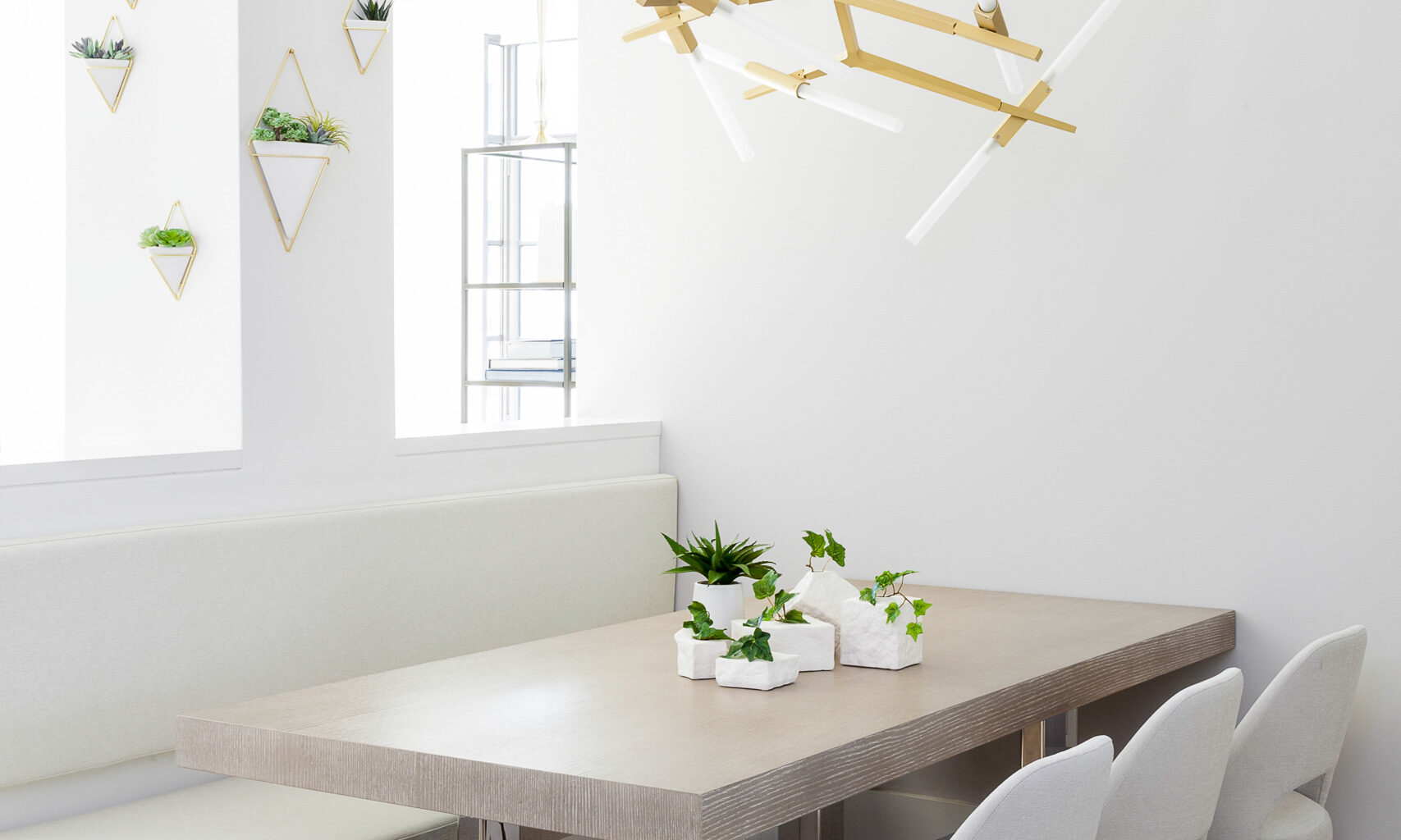Minimalism is still all the rage
For the past few years, this word has been omnipresent in the pages of the world’s best design and decoration publications, from Paris to Hong Kong to Los Angeles. How has this trend become a movement? A focus on quality over quantity and the use of clean lines, subtle colors and natural materials in a simple way—these are some of the principles of minimalism, a design aesthetic that aims to create peaceful atmospheres.
In the contemporary era, our busy and cosmopolitan lives lead us to change locations many times, as opposed to previous generations of individuals who spent their years in what was considered the norm: same house, same city. Technology is now part of our daily routine too—in addition to the great knowledge that it provides, it also encourages a faster-paced environment. As a result, many covet the ability to slow things down at home.
Originally used in the 1960s to describe the work of American visual artists such as Robert Morris and Anne Truitt, minimalism is characterized by extreme simplicity of form. Interiors translate the style through clean lines and a sense of flow throughout spaces, two characteristics that are essential to traditional Japanese design. Embracing simplicity, this approach naturally focuses on the importance of de-cluttering and usefulness—having a purpose for all things.
Shaped by The New Design Project (a Brooklyn-based interior design studio led by Fanny Abbes and James Davison), this serene loft in New York City epitomizes minimalism in home decor. In the dining room of the 1,615-square-foot apartment, a custom floating upholstered bench by The New Design Project is combined with Saarinen Executive Side Chairs from Design Within Reach and a branching brass and frosted glass chandelier based on the Agnes piece by Lindsey Adelman.

Keeping it simple with a monochromatic scheme or soft hues—such as gray in this loft—and opting for few materials are some of the things to consider when reinterpreting this aesthetic. However, minimalism doesn’t mean neutral. On the contrary, this style leaves plenty of room for boldness and creativity.
Choosing one color that really pops and a few sculptural items are the perfect ingredients to express a strong personality in minimalist interiors. In the dining room of the Manhattan loft, The New Design Project team uses the lighting as a way to add drama and emphasize the high ceilings.
The minimalist space is both functional and beautiful, with every piece and every detail placed with purpose—whether it is to make a statement or blend with other elements. Creating a relaxing, airy atmosphere with the right dose of coziness is key to feel calm, and the concepts of simplifying and curating helping to achieve just that.
Photo Courtesy of Alan Gastelum


